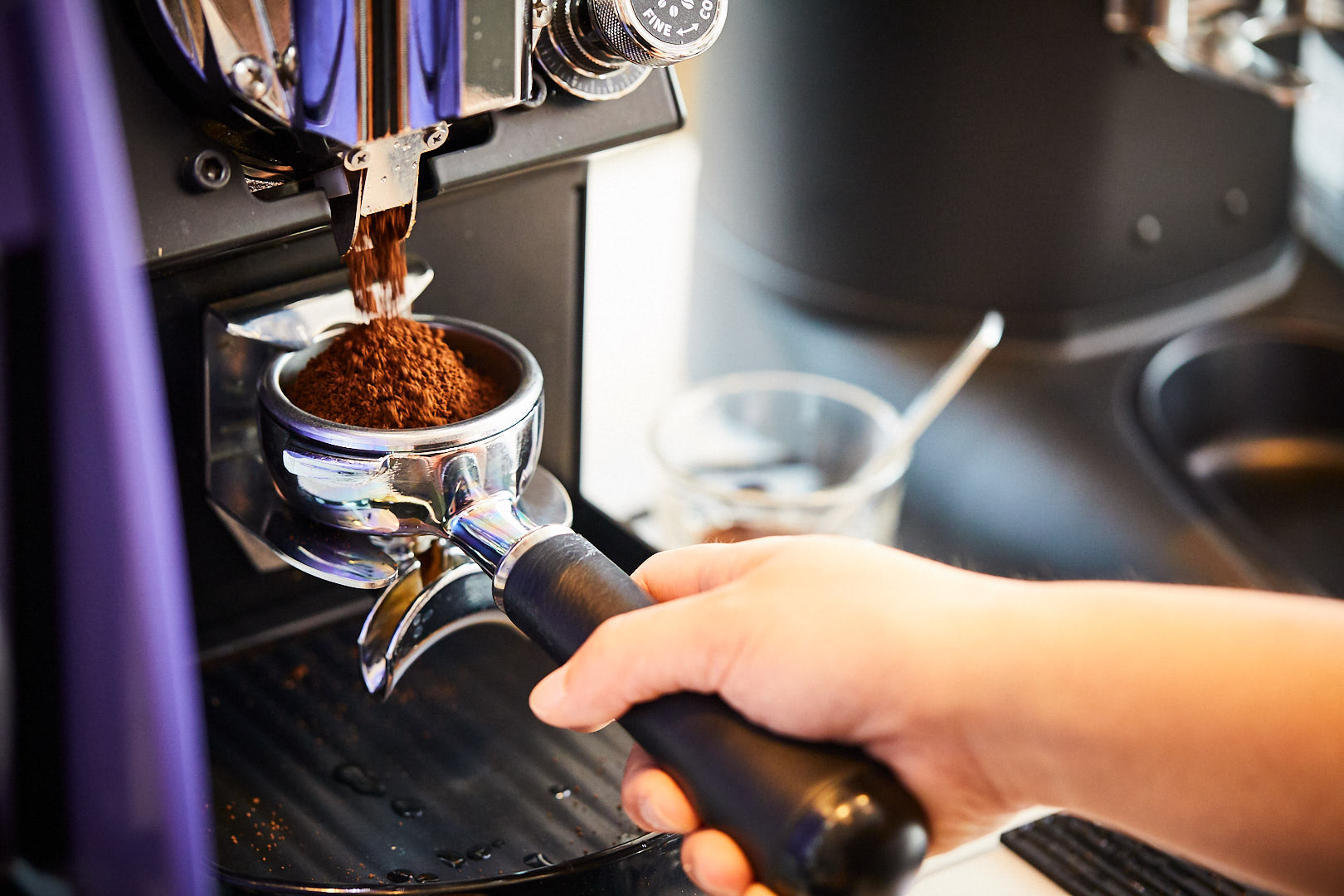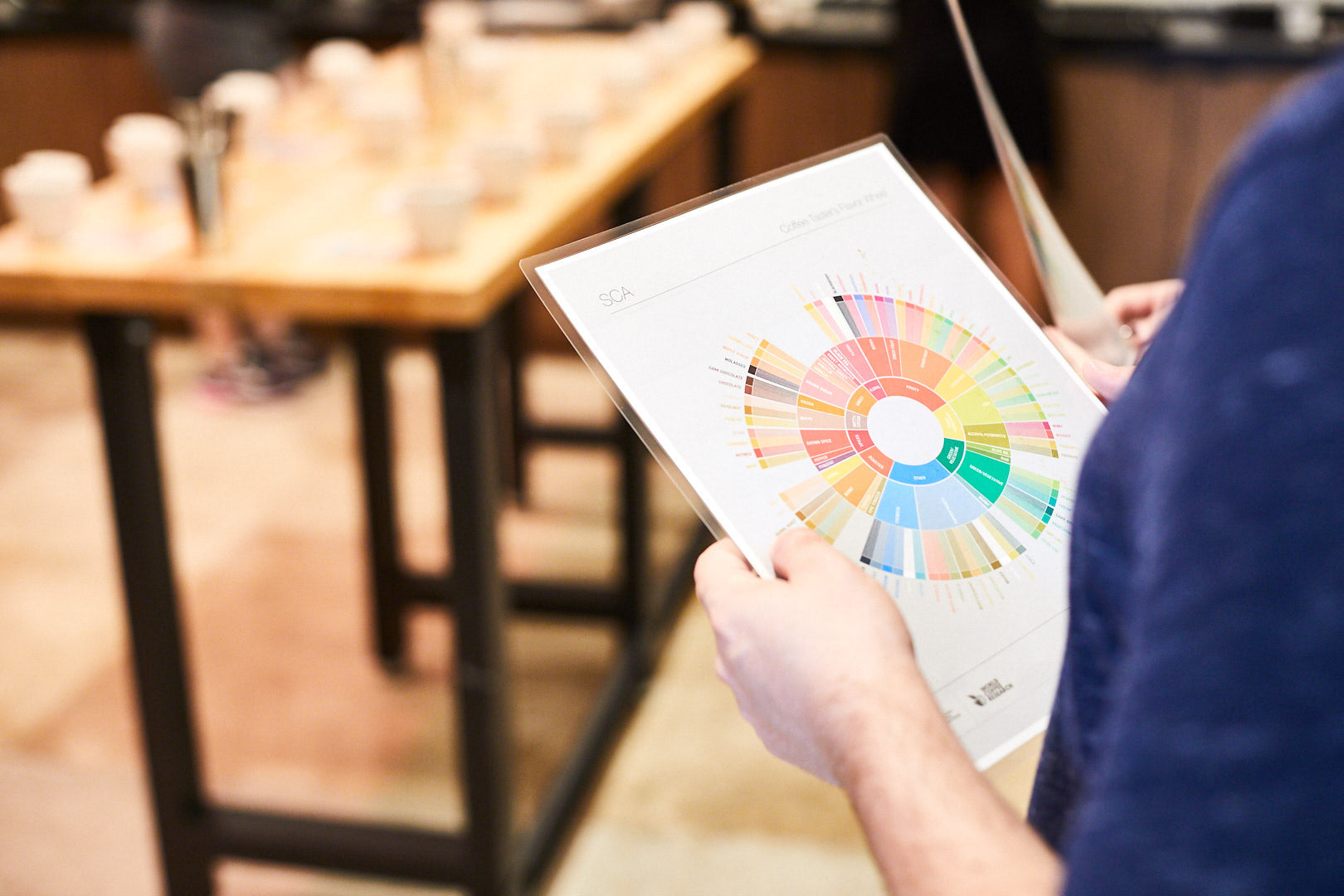Apart from health foods, ancient history, and maybe Brad Pitt's love life, there seems to be nothing surrounded by more myths than coffee. We made a list of the five things we hear most often and asked our lead barista and resident coffee nerd, Ian, to bust these misconceptions once and for all.

Myth #1 - Lighter roasts have more caffeine
Ian says: In not so many words, not really. Caffeine is pretty stable as a chemical compound, meaning it doesn’t break down during the roasting or brewing processes. Given that information, your amount of caffeine is more dictated by a) the variety of coffee and how it was grown and produced, and b) how you brew it. For example, if you brew your coffee with a higher coffee to water ratio, you’ll end up with more caffeine. If you brew your coffee by volume or measure it with a scoop, then the likelihood is that you’re going to brew a weaker and less caffeinated cup of coffee. My suggestion would be to not worry about how much caffeine is in it. Find something that you like the taste of and drink more of that! That’s it. If you’re really that concerned about how much caffeine per unit… Drink some espresso. Or cold brew concentrate. Just kidding, don’t do that.
Myth #2 - The fresher the coffee, the better
Ian says: Almost all coffee needs a resting period to release carbon dioxide, a byproduct of the roasting process. The CO2 that’s still in the bean when you brew will affect how easily solubles can be extracted. The closer you are to the roast date, the higher the amount of CO2, so it’ll be harder to get a good and balanced cup. You can get better extraction, more sweetness, and even more clarity from coffee that’s been rested for 4-6 days. When is it too old? Now that’s hugely dependent on how it’s stored. Without opening our nitro-flushed bags, that coffee will be good for 2-3 months at least. The CO2 it releases acts like a blanket. When you take coffee out of the bag, the CO2 helps prevent oxidation, which is public enemy number 1. Also - don’t put it in the fridge. Freezer maybe.
Myth #3 - Espresso is a type of coffee bean
Ian says: Nope! Any coffee can be espresso. When a roaster labels something as “espresso blend” or “espresso roast”, it just means it was created with that intention. We think of espresso as a method of preparation and then the beverage itself. It all comes down to what you’re looking for in your espresso. Do you want something similar to what we serve in the cafes? Something totally different? Some coffees behave better than others, but it’s all about individual preference no matter what. I can pull the coffee with the highest acidity off the shelf and pull a relatively balanced shot of espresso, but the acid content might be too high for some people. If you want a lower acidity, more balanced espresso, we could recommend certain roast profiles. Just ask your barista!
Myth #4 - Decaf coffee is full of chemicals
Ian says: The solvent that’s used in most decaffeination processes is extremely volatile. What that means is it’ll evaporate and break down under relatively low temperatures. So even during the processing, only trace amounts are left of the solvent when we go to roast the coffee. If we assume the worst and we have a measurable amount of solvent in the green coffee, it’s safe to assume that’ll dissipate when we roast it. I mean, we’re throwing coffee in a roaster and heating it to a temperature of somewhere around 400 degrees. Any chemicals used in decaffeination will evaporate at 100 degrees. Beyond that, we’re brewing that coffee with 200-degree water. It’s gone, trust us!
Myth #5 - Light roasts and other acidic coffees will cause stomach discomfort
Ian says: The acid that upsets stomachs is typically a result of longer roast development, or a darker roasted coffee. During roasting, we have all of these different chemical reactions that are occurring. One of which is the breakdown of chlorogenic acids into quinic and cathic acids. Quinic acid will be the one responsible for that upset stomach. When you walk into a cafe and ask your barista for a lower acidity coffee, they’re probably going to think of it in terms of taste perception. In this case, you might end up with a darker roast that still contains those acids. Make sure you tell your barista exactly why you’re looking for what you’re looking for and we’ll go from there.



